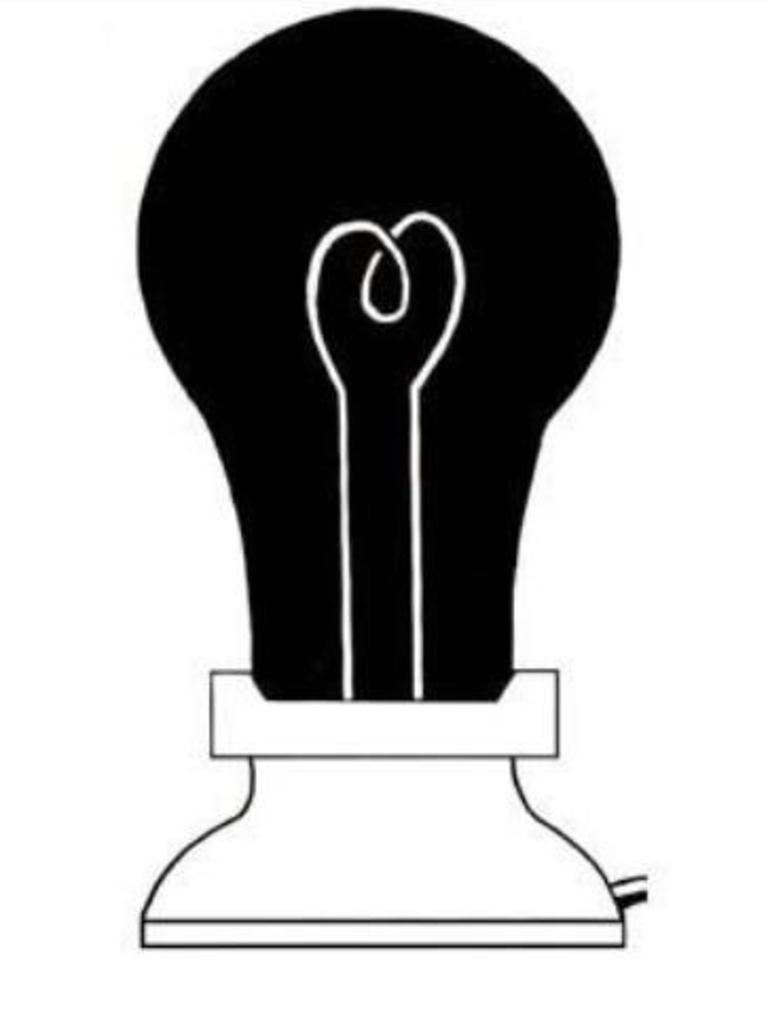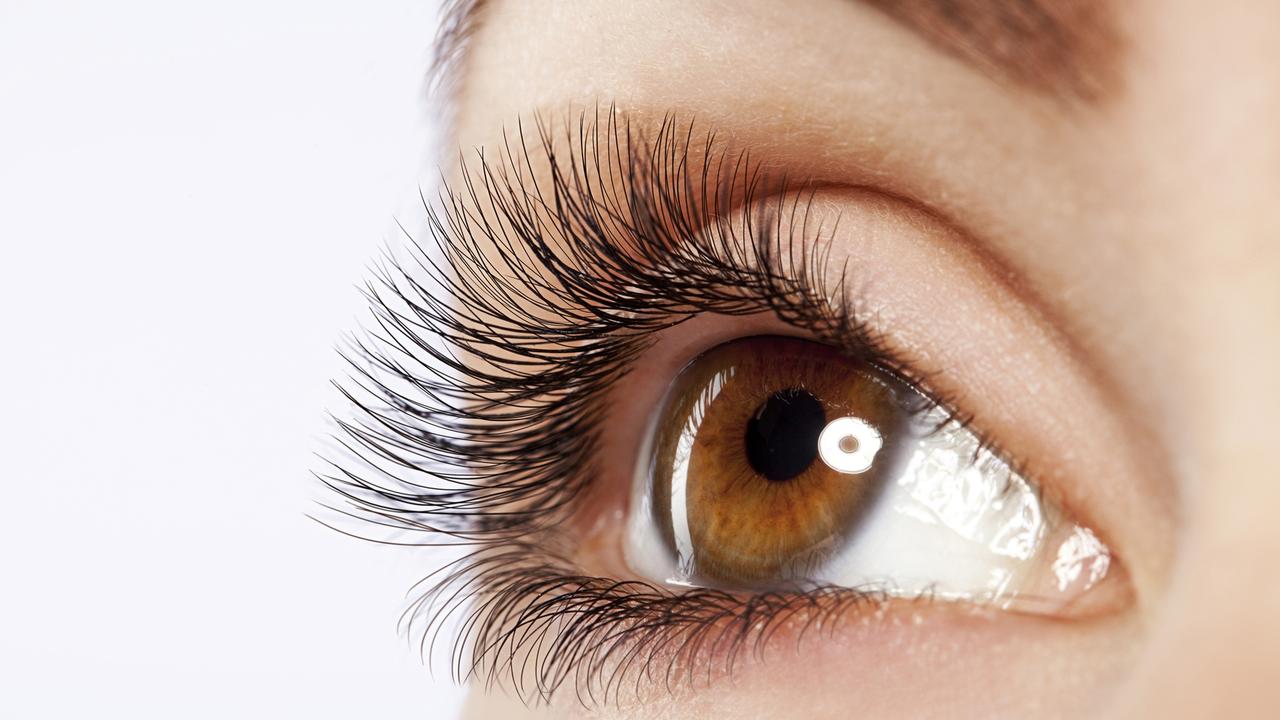Black-and-white light bulb illusion shows you how your brain plays tricks on you
Optical illusions show us that a picture or an object in front of our eyes is only part of what we “see”. Our brain makes up the rest. Test yourself on these cool illusions to find out for yourself

READING LEVEL: GREEN
What happens when you stare at this black and white image below of a light bulb?
Does it fool your brain?
This optical illusion works best if you stare at the image for 25 seconds, before immediately staring at a blank white wall or plain piece of white paper.

The well-known baffling* brain teaser was shared on Optics4Kids but has been entertaining lots of adults too.
After you’ve stared at the light bulb, you should see a glowing white light bulb when you stare at paper or the wall.
According to illusions.org, “Our brains decipher* negative and positive images in an interesting way.”
A similar thing happens with this black-and-white drawing of the Queen’s face below.
Our brains reverse the negative image and turn it into a positive.
“With the light bulb illusion, the glass of the bulb is a large area of black, so that when we look away, the reversal results in a dazzling bulb,” according to illusions.org.

SCIENCE BEHIND THE ILLUSION
Optical illusions make more sense when you learn that our eyes have very little to do with what we see. It is our brains that play the key role in creating images and trying to protect us from the potential* threats around us.
Our brain is constantly trying to make sense of the world at the quickest pace it can despite the world being in 3D and the images on our retinas — the back surface of your eyeballs that receive light — being in 2D.
It can be really difficult for your brain to interpret* everything at once so it will often take shortcuts and give you a simplified version of what you see, for instance, by changing the actual information coming in so what we think we see is more like what you’re used to seeing. That way you can have quicker reaction times if the object you’re looking at looks dangerous.
When you look at an object what you’re really seeing is the light that bounced off it and then entered your eye. This light is converted into electrical impulses* that your brain then turns into an image.

Our brains can warp* straight lines if an object in the middle of them looks like it’s moving. It’s out brain’s way of making clear to us that there could be possible danger.
Different colours and light and dark can make the same sized objects look different or make patterned images look like they’re spinning.
This story was first published on The Sun and is republished here with permission.
GLOSSARY
- baffling: puzzling
- decipher: make sense of, as in a code
- potential: possible
- interpret: understand, make sense of, decipher
- electrical impulses: signals that travel through nerves in the body or a wire, such as an electric fence
- warp: bend
EXTRA READING
Is your brain playing tricks on you?
Corners or curves? It’s an optical illusion
Welcome to the valley of the scarecrow dolls
QUICK QUIZ
- Who wrote this story?
- What do you look at straight after staring at the light bulb picture?
- Who is shown in the picture of the face?
- Why does the brain change the image your eyes receive?
- What is your retina?
LISTEN TO THIS STORY
CLASSROOM ACTIVITIES
1. Science Show
Use the information in the article to help you create your own science show that explains how optical illusions ‘trick’ our brains. Introduce the topic of your science show by going through what staring at the lightbulb picture will cause your brain to interpret. (seeing the reverse when you look at the blank wall or paper). Then explain the science behind why optical illusions ‘trick’ your brain and why this is important for us. Aim your explanation to a younger audience. Think about how you can explain it simply so that children in a younger grade can understand what is happening. You may need to use props or illustrations to help you explain it.
Use expression and excitement in your voice to create interest from your audience. Practice performing your ‘Science show’. When you are ready perform it to your class.
Time: allow 30 minutes to complete this activity
Curriculum Links: English, Science, The Arts - Drama
2. Extension
Using the explanation of how and why optical illusions trick our brain to help you, have a go at creating your own image that could be an optical illusion.
Write instructions for how it is supposed to work (eg, do you have to stare at it a point for a length of time or focus on a particular point). Test out your picture.
Time: allow 20 minutes to complete this activity
Curriculum Links: English, Critical and Creative thinking, The Arts – Visual Arts
VCOP ACTIVITY
Punctuation Pursuit
After reading the article, with a partner, highlight as many pieces of punctuation as you can find in green. Discuss how these are being used, where and how often. What level of the punctuation pyramid is the journalist using in this article?
HAVE YOUR SAY: What do you like about trying optical illusions? Which is your favourite?
No one-word answers. Use full sentences to explain your thinking. No comments will be published until approved by editors.

